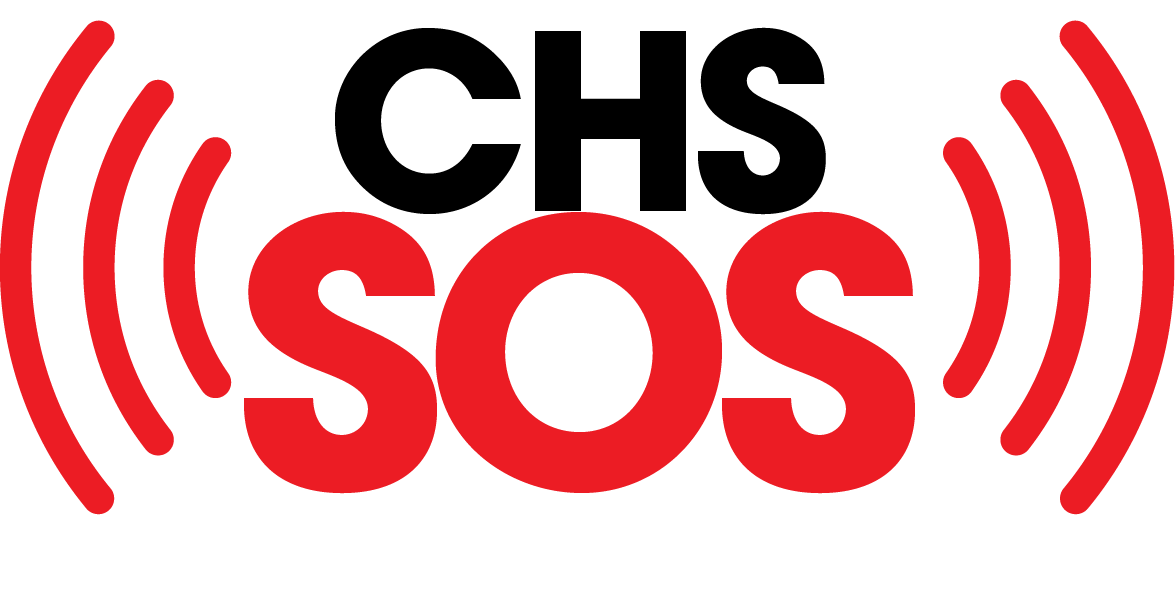Managing Cannabinoid Hyperemesis Syndrome
Facing the dreaded foe known as Cannabinoid Hyperemesis Syndrome (CHS) requires a game plan with a mix of tricks and a good doctor on speed dial. Those battling the nastiness of CHS symptoms can find relief and get back in the saddle with the right moves.
Treatment Methods
First things first: dump the weed. Quit it. Zip. Zilch. Nada. According to Health Alberta, turning the green off means most folks will start to feel a bit more human in about 10 days. Here are some tried-and-true ways folks can get a handle on things:
-
Avoiding Cannabis Use: Chucking the pot is job numero uno to shake off CHS signs (Cedars-Sinai). This break helps your insides recover from the merry dance of cannabinoids and calms things down.
-
Medical Attention: If things get hairy or downright unbearable, it’s time to ring up the doc (Health Alberta). The medical team can lend a hand by showing you the ropes on managing symptoms, giving meds if needed, or topping you off with IV fluids to keep you hydrated and balanced.
-
Capsaicin Cream Application: Smearing a bit of capsaicin cream on the belly can take the edge off CHS woes. This spicy number is a go-to for easing nausea and tummy grumbles.
Seeking Medical Attention
Anybody dealing with CHS shouldn’t dilly-dally around getting medical help if their condition turns gnarly. Docs are your allies, ready to fight your corner with the right care to put you back on the mend. Getting in there early at the doc’s office is a solid move in tackling CHS and getting back on track.
Getting down to business by rolling with these steps and making seeking medical aid a priority can turn the tide for those wrestling with CHS. Make sure to stick like glue to the healthcare pros’ word, follow what they say to the letter, and shout out for backup whenever it gets too much. If you’re thirsting for more in-depth info on getting back on your feet with CHS, why not check out our ultimate guide on treating and managing CHS?
Coping with CHS Symptoms
Dealing with Cannabinoid Hyperemesis Syndrome (CHS) can be pretty tough, but there are a couple of tricks up the sleeve that might just make things a bit easier. For folks wrestling with this condition, using capsaicin cream and tackling withdrawal symptoms can make a real difference.
Rolling Capsaicin Cream on the Tummy
For those battling nausea and vomiting from CHS, rubbing some capsaicin cream on the belly might just do the trick. Capsaicin, that fiery stuff in chili peppers, has a knack for calming down the tummy’s sensory nerves, which can tone down those nasty nausea and vomiting bouts.
Just a heads up, when using capsaicin cream, make sure to stick to the instructions, and only slap it on the belly. Watch your skin’s reaction – any funny stuff happening? If so, stop using it. And, as always, have a chat with your doc before adding capsaicin cream to your CHS toolkit, just to make sure it’s right for you.
Handling Withdrawal Curveballs
When CHS rears its ugly head, stopping cannabis use can lead to some pretty gnarly withdrawal symptoms. We’re talking cravings, mood swings, restlessness, and those sleepless nights. Handling these withdrawal side effects with care and support can smooth the way back to recovery.
Find a cheer squad – healthcare pros, counselors, or support groups – to stand by your side. Dive into relaxing activities such as meditation, workouts, or just soaking up some sunshine. They can go a long way in easing stress and whipping those cravings into shape. Most important, go easy on yourself. Don’t hesitate to rope in a pro if you’re struggling to keep the cannabis away.
By working capsaicin cream into your plan and staying on top of withdrawal symptoms, you’ll be taking charge of your recovery journey. Mixing these tactics with other treatments and lifestyle tweaks can help ease the discomfort and get you back on track from CHS. Here’s to feeling better and moving forward!
Care and Support for CHS
For folks dealing with Cannabinoid Hyperemesis Syndrome (CHS), finding the right care is gold. No fancy talk needed here – let’s just say the key is chatting with your doctors and leaning on some good support systems.
Healthcare Provider Communication
When CHS crashes into your life, being open and honest with your medical crew makes a world of difference in dialing in the right diagnosis and game plan. It’s all about spilling the beans on how often you use cannabis, what’s bugging you symptom-wise, and anything that helps or worsens your condition. Keeping the doctors in the loop with regular chats and updates means you’re both on the same page, teaming up to handle CHS (MyHealth Alberta). You gotta speak up in a timely fashion to snag those crucial medical interventions and fashioned-for-you support during your road to feeling better.
Support Services
Dealing with CHS ain’t a walk in the park. It mixes up physical and emotional hurdles. This is where support services step in, like a friend’s hug when you need it most. From support circles to therapists, having a crew to hang out with – even virtually – is a lifeline. Share your trials, pick up tricks for easing symptoms, and soak in the camaraderie of people who totally get it. And hey, they don’t just stop at friendly chatter. These services dish out educational goodies and strategies to shore up your well-being (the importance of support groups in CHS recovery). By jumping into these circles, you’re tapped into a fountain of empathy and expertise that keeps you afloat during hard times.
The best recipe for CHS support and care is all about opening up to healthcare pros and diving into available friendly networks. By championing team efforts with healthcare folks and reaching out for peer aid, tackling CHS becomes less of a mountain and more of a doable hike. With this full-circle approach to caring, folks with CHS can journey toward recovery, wrapped in help and cheering from both directions.
Understanding Cannabinoid Hyperemesis Syndrome
Cannabinoid Hyperemesis Syndrome, or that annoying CHS creature, isn’t as rare as finding a unicorn, but it’s not as common as a cold either. It’s this pesky condition that messes with folks who spend a whole lot of time puffing on the green stuff. We’re talkin’ serious barfing, feeling queasy in the belly, and a weird craving for hot baths. It’s the body’s way of saying, “Hey buddy, slow down on the weed!” (American Addiction Centers).
Condition Overview
Think of it like one of those TV dramas where it takes forever for the plot to unfold. CHS patiently waits in the wings, sometimes years after you start your love affair with cannabis. Suddenly, it’s center stage with a cranberry juice commercial-worthy bout of throwing up, complete with bellyaches. What’s wild? Folks with CHS often turn into human lobsters, spending hours in hot water to chase away the bad feelings because for some reason a hot soak feels like a magic potion.
Symptom Phases
When CHS gets all dramatic, it likes to break it into three acts:
-
Prodromal Phase: Kind of like the warning growl before the dog starts barking. You might feel queasy when the rooster crows, your tummy will feel off, and food just won’t look appealing. Consider this phase the pre-game jitters before CHS truly flexes its muscles.
-
Hyperemetic Phase: Welcome to the Hunger Games of stomach bile. Non-stop vomiting becomes your gym exercise, and dehydration might as well be your new best friend. It’s like your stomach’s in a looped horror flick, starring nausea as the villain of the day.
-
Recovery Phase: This is where the credits roll, and you start feeling human again. Ditch the ganja, and the yucky scenes taper off way slower than that snail you’ve been watching. Recovering is a mix of patience and a bit of luck, as each person’s timeline hits differently..
Getting a handle on these CHS shenanigans can save your sanity. Whether it’s you or someone you know dealing with this mess, spotting the signs in time means you and the doc can plot a cunning plan. Want a splash of advice on keeping hydrated and surviving this ride? Check out our piece on hydration tips for CHS: staying healthy during recovery.
Recovery Strategies for CHS
When dealing with Cannabinoid Hyperemesis Syndrome (CHS), it’s all about getting back on your feet and feeling good again. The name of the game? Quitting cannabis and understanding how you’ll bounce back.
Quitting Cannabis
First up, ditch the cannabis. It’s the big move for tackling CHS. According to Health Alberta, stopping cannabis use is the golden ticket to easing those pesky symptoms. Most folks notice improvements about 10 days after completely going cold turkey.
Keep in mind that frequent cannabis use can lead to a bit of a crutch. Quitting might bring on withdrawal annoyances like crankiness, insomnia, jitters, and maybe feeling less hungry. Recognizing these hiccups and knowing how to ride them out can make quitting a smoother ride.
Recovery Timeline
Let’s talk about what to expect after you’ve stopped using cannabis. CHS plays out in three acts: starting with the warning signs, then into overdrive, and finally, the recovery stage. Dropping cannabis can make these waves feel stronger, creating a bit of a rollercoaster (WebMD).
Post-weed, you’re in the recovery zone where symptoms start fading out over days to months. You’ll probably feel a lot better within 10 days, though getting completely back to normal might take more time. Patience and sticking with it are your best buddies here, as everyone’s path to getting totally back on track varies.
By cutting out cannabis and getting a good handle on how your body recovers, you’re setting the stage for kicking CHS to the curb. Teaming up with doctors, sticking to a recovery plan that clicks with you, and seeking out a solid support network can really speed up the process, helping you reclaim your health and zest for life.
Hydration Tips for CHS
Dealing with Cannabinoid Hyperemesis Syndrome (CHS) is no walk in the park, especially when it comes to staying hydrated. But don’t sweat it; we’ve got some straightforward advice to keep your hydration on track and help you feel better.
Importance of Hydration
For those wrestling with CHS, dehydration often comes knocking, thanks to the relentless vomiting that empties both your stomach and your fluid reserves. If dehydration isn’t checked, it can lead to some rare, unwelcome problems. But, gulping down fluids isn’t just about keeping dehydration at bay. It’s about bringing your electrolytes back into harmony and helping your body heal up right.
Making sure you’re getting enough to drink might also soothe that constant queasy feeling and kickstart your body’s bounce-back ability. Keeping yourself hydrated is particularly key as your body starts to mend after putting the brakes on marijuana use.
Fluid Intake Recommendations
So, how do you keep your body quenched during a CHS flare-up? Here are some simple tips to stay properly hydrated:
- Water: Your go-to for hydration is still good ol’ H2O. Try to aim for 8-10 glasses a day—nothing fancy, just plain water—to stay in the green. It helps flush out those nasties and keeps your body from sputtering.
- Electrolyte Drinks: When you’re sweating electrolytes like crazy, you should sip on a drink loaded with them or an oral rehydration solution to balance things out again.
- Herbal Teas: For a soothing sip, herbal teas that don’t have caffeine, like chamomile or ginger tea, can ease your stomach woes and help keep you hydrated.
- Broth or Soup: A warm bowl of clear broth or light soup doesn’t just hydrate, it feeds you some much-needed nutrients, too. Stick to low-sodium if it’s possible so you aren’t throwing your symptoms into high gear.
Add these hydration helpers into your day-to-day, and you’ll be tackling dehydration, managing symptoms, and stepping toward feeling like yourself again. And hey, it’s always a good idea to chat with your doctor for the best advice tailored to your needs. Bottoms up, and take care!



1 Comment